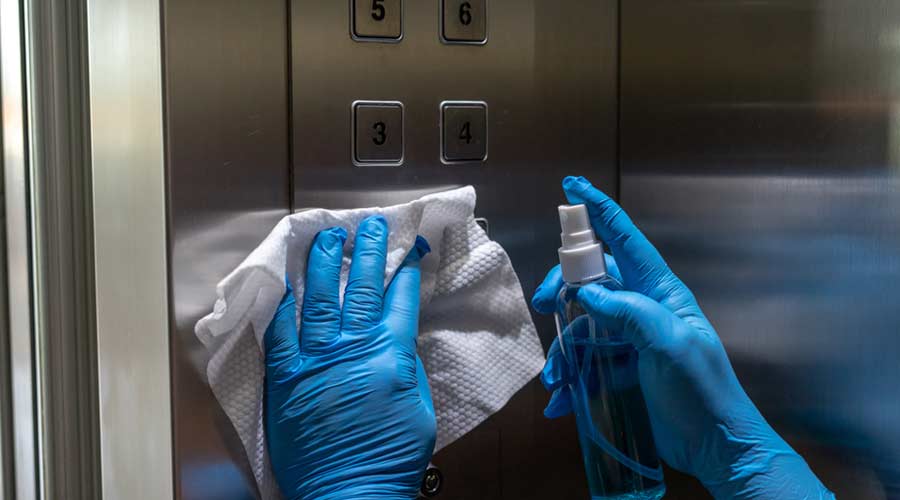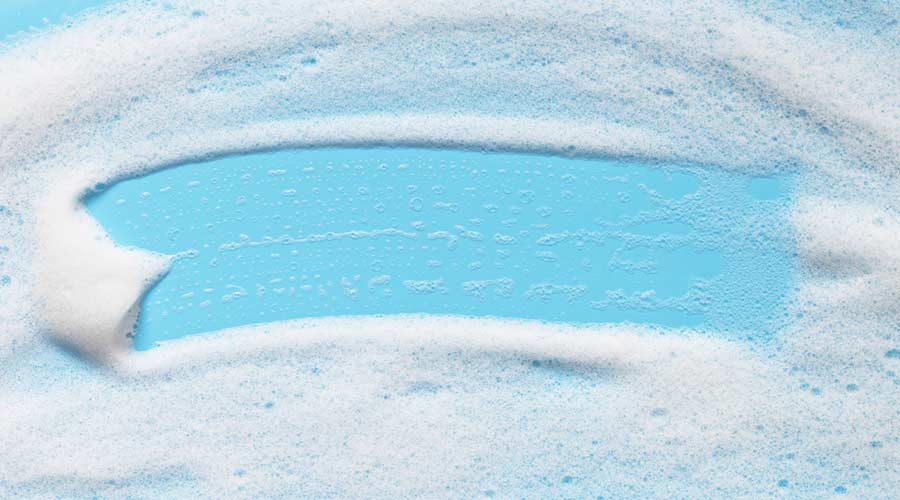
The Alliance for Chemical Distribution (ACD) Senior Vice President of Government Affairs Brian Callahan recently submitted comments to the Occupational Safety and Health Administration (OSHA) reemphasizing the need for revisions to the scope of its proposed rule on Heat Injury and Illness Prevention in Outdoor and Indoor Work Settings.
Earlier this year, Brett Mears, President of Palmer Logistics and an ACD member, testified before OSHA about the overly prescriptive proposed rulemaking. In the submitted comments, Callahan responded to questions asked of ACD following this testimony and underscored the need for OSHA to reconsider the scope of this proposed standard as the agency decides how to move forward.
“ACD strongly supports OSHA’s objective of reducing heat-related illnesses and injuries among employees,” wrote Callahan.
“While ACD recognizes that heat-related injuries and illnesses can impact workers across a broad range of industries, we are concerned that a one-size-fits-all approach may not adequately account for the diverse conditions and operational realities of different work environments. ACD is concerned that the proposed rule’s broad scope makes it more challenging to establish a standard that appropriately reflects the responsibilities of all covered employees. Additionally, an exceedingly broad scope is less effective, as OSHA’s resources in enforcement and providing compliance assistance will not target the most at-risk industries and workers. For this reason, ACD strongly urges OSHA to limit the standard’s application to only specific high-risk sectors.”
In the comments, Callahan also outlined measures ACD members already have in place to protect employees from heat-related injuries and illnesses and provided recommendations for developing a performance-based standard and incorporating regional temperatures.
He concluded, “Due to the nature of these hazards and the significant variation in a person’s exposure depending on the industry they work in or their specific role within an industry, OSHA must be precise in its scope to ensure requirements fit the operations of a facility and adequately protect workers.”
To read the full comments click here.
To read previous testimony click here.

 The Down and Dirty on Cleaning in Virus Season
The Down and Dirty on Cleaning in Virus Season How Surfactant Use is Expanding in Commercial Cleaning
How Surfactant Use is Expanding in Commercial Cleaning